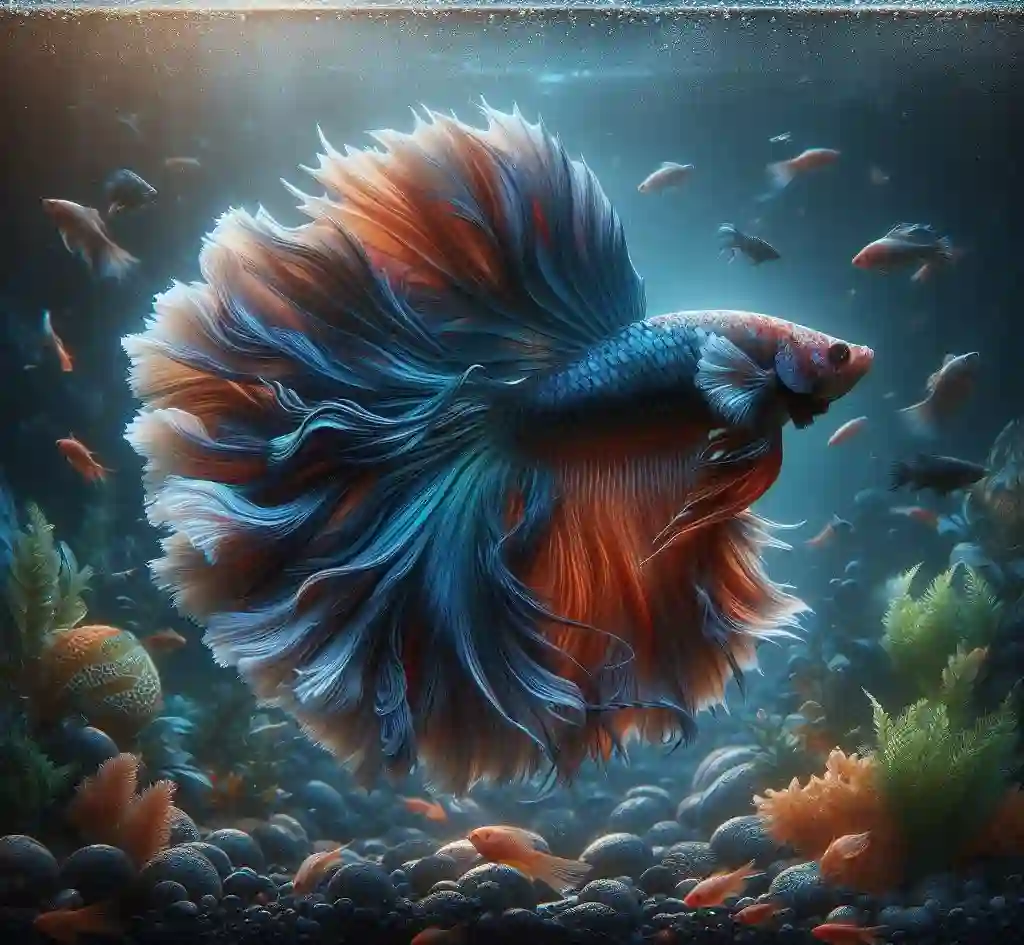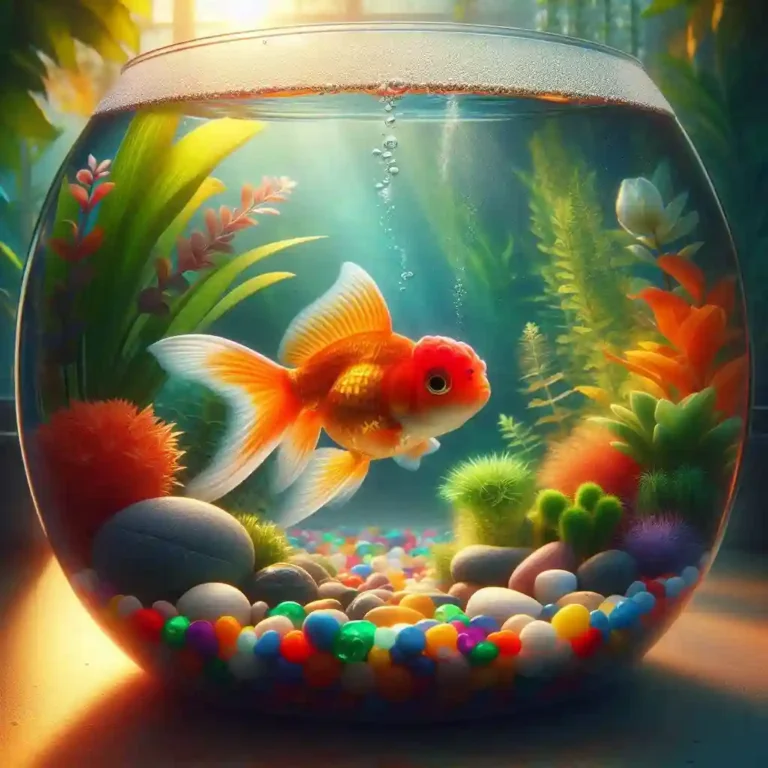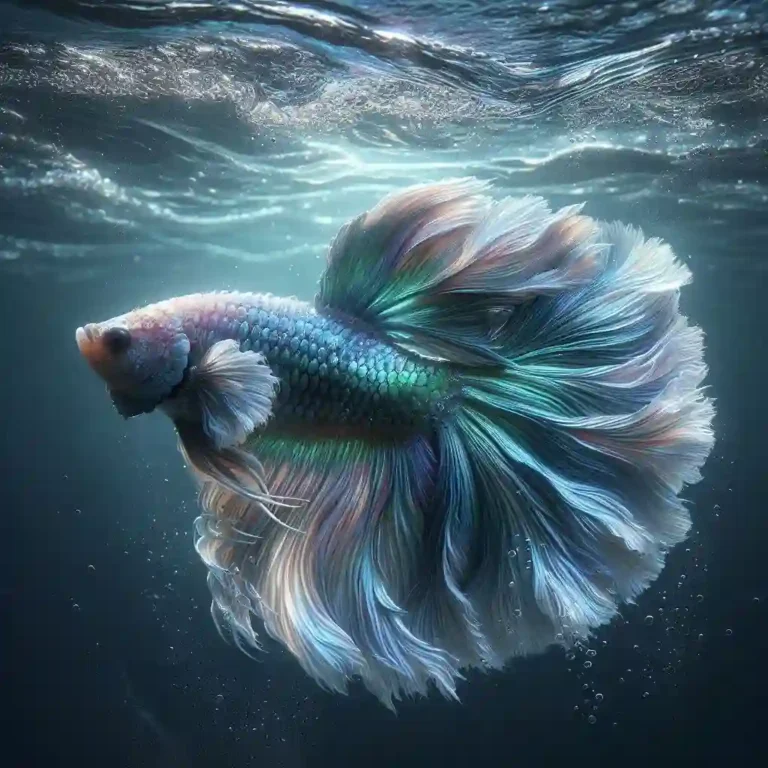How to Identify and Fix a Filter Too Strong for Betta Fish?
How to Identify and Fix a Filter Too Strong for Betta Fish? A powerful filter can create strong water currents that stress your betta, leading to fatigue, injury, or even death.
In fact, a filter that’s too strong is one of the most common mistakes betta owners make, often without even realizing it.
In this article, we’ll show you how to recognize the signs of a filter that’s too strong, and provide you with practical tips and solutions to create a safe and peaceful environment for your beloved betta.
Filter Too Strong for Betta – A Quick Overview

Signs of a Filter That’s Too Strong:
- Labored swimming
- Hiding or avoiding the filter
- Fatigue
- Injuries
- Difficulty feeding
How to Fix a Filter That’s Too Strong:
- Adjust the filter output
- Add a filter baffle or diverter
- Redirect the filter outlet
- Use alternative solutions like baffles, diverters, filter extensions, and deflector plates
Creating a Peaceful Environment:
- Provide hiding places
- Maintain good water quality
- Monitor water temperature
- Avoid overcrowding
- Provide visual barriers
- Maintain a consistent routine
- Avoid sudden changes
Recognizing the Signs: How to Know if Your Filter is Too Strong

5 Signs of a Filter That’s Too Strong:
- Labored Swimming: Your betta is struggling to swim against the current, working hard to stay in one place or being pushed around the tank.
- Hiding or Avoiding the Filter: Your betta is consistently hiding or avoiding the area around the filter, indicating discomfort or stress.
- Fatigue or Lethargy: Your betta is spending more time resting or hiding than usual, indicating exhaustion or stress.
- Injuries or Fin Nipping: Strong water currents are causing injuries to your betta’s fins or scales, or fin nipping is occurring.
- Difficulty Feeding: Your betta is having trouble eating due to the strong water flow, with food being swept away or your betta struggling to reach the surface.
The Dangers of a Strong Filter: What Happens to Your Betta
- Stress and Fatigue: A strong filter creates strong water currents that can stress your betta, causing fatigue and exhaustion. This can lead to a weakened immune system, making your betta more susceptible to disease.
- Injuries and Fin Damage: The powerful water flow can cause injuries to your betta’s fins, scales, or body. This can lead to fin nipping, scale loss, or even internal injuries.
- Difficulty Breathing: A strong filter can create strong water currents that make it difficult for your betta to breathe. This can lead to labored breathing, gasping, or even respiratory failure.
- Reduced Appetite: The stress and discomfort caused by a strong filter can lead to a reduced appetite, causing your betta to lose weight and become malnourished.
- Increased Risk of Disease: A stressed and weakened betta is more susceptible to disease. A strong filter can increase the risk of diseases such as fin rot, velvet, or bacterial infections.
- Decreased Lifespan: Chronic stress and discomfort caused by a strong filter can shorten your betta’s lifespan, reducing the quality and duration of its life.
Filter Types: Which Ones are Most Likely to be Too Strong
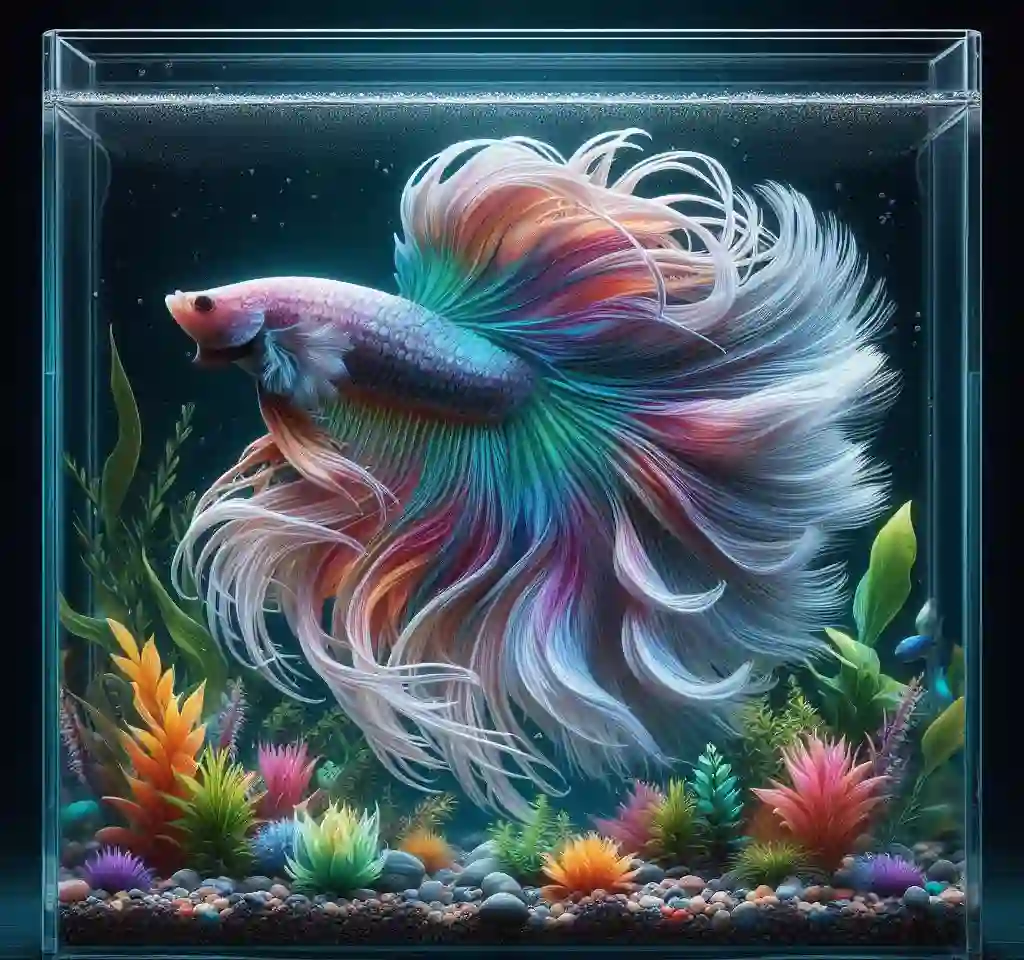
- Hang-On-Back (HOB) Filters: These filters are known for their high water flow rates, making them a high-risk choice for betta tanks. Likelihood of being too strong: High
- Canister Filters: While canister filters can be adjusted to reduce water flow, they are often designed for larger tanks and can be too powerful for small betta tanks. Likelihood of being too strong: Medium to High
- Submersible Filters: These filters are designed for small tanks and are generally safer for betta fish. However, some submersible filters can still be too strong, especially if not adjusted properly. Likelihood of being too strong: Medium
- Sponge Filters: Sponge filters are a popular choice for betta tanks due to their gentle water flow and low risk of being too strong. Likelihood of being too strong: Low
- Internal Filters: Internal filters are designed for small tanks and are often adjustable, making them a good choice for betta tanks. Likelihood of being too strong: Low to Medium
Betta Behavior: How to Tell if Your Fish is Stressed by the Filter
- Erratic Swimming: If your betta is swimming erratically, darting back and forth, or making sudden changes in direction, it may be a sign of stress caused by the filter.
- Hiding or Avoiding the Filter: If your betta is consistently hiding or avoiding the area around the filter, it may be a sign that the filter is causing stress.
- Rapid Breathing: If your betta is breathing rapidly or gasping for air, it may be a sign of stress caused by the filter.
- Lethargy or Lethargic Swimming: If your betta is swimming slowly or lethargically, or is simply floating in one spot, it may be a sign of stress caused by the filter.
- Changes in Appetite: If your betta’s appetite has decreased or it’s showing no interest in food, it may be a sign of stress caused by the filter.
- Changes in Color or Fins: If your betta’s color has dulled or its fins are clamped or torn, it may be a sign of stress caused by the filter.
- Pacing or Restlessness: If your betta is pacing back and forth in its tank or appears restless, it may be a sign of stress caused by the filter.
Measuring Water Flow: A Simple Test to Check Filter Strength
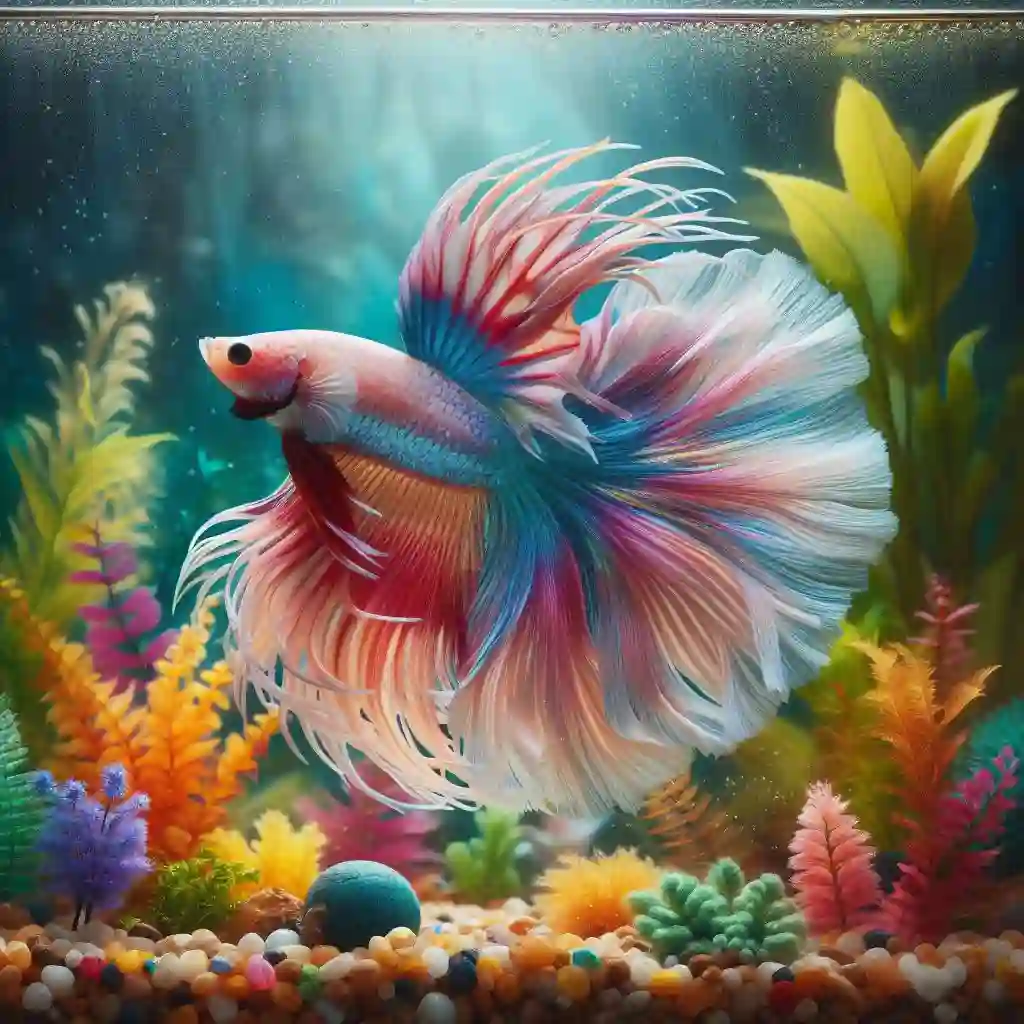
The Ping Pong Ball Test
- Place a ping pong ball in the tank, near the filter outlet.
- Observe the ball’s movement: If the ball is being pushed around the tank or is stuck in a corner, the filter is likely too strong.
- Check the ball’s speed: If the ball is moving rapidly around the tank, the filter is likely too strong.
The Leaf Test
- Place a leaf (such as a lettuce leaf) in the tank, near the filter outlet.
- Observe the leaf’s movement: If the leaf is being pushed around the tank or is stuck in a corner, the filter is likely too strong.
- Check the leaf’s shape: If the leaf is being distorted or torn by the water flow, the filter is likely too strong.
The Hand Test
- Place your hand in the tank, near the filter outlet.
- Feel the water flow: If the water flow is strong enough to push against your hand or cause discomfort, the filter is likely too strong.
Adjusting the Filter: Tips for Reducing Water Flow and Current
- Adjust the Filter Output: Many filters come with adjustable output valves. Try reducing the output to decrease water flow and current.
- Add a Filter Baffle: A filter baffle is a device that fits over the filter outlet, dispersing the water flow and reducing current.
- Use a Spray Bar: A spray bar is a device that attaches to the filter outlet, dispersing the water flow and reducing current.
- Add Plants or Decorations: Adding plants or decorations to the tank can help disrupt the water flow and reduce current.
- Redirect the Filter Outlet: Try redirecting the filter outlet to point towards the glass wall of the tank, rather than directly at the water’s surface.
- Use a Filter with Adjustable Flow: Consider upgrading to a filter that has adjustable flow rates, allowing you to customize the water flow to your betta’s needs.
- Add a Pre-Filter: A pre-filter can help reduce the water flow and current by filtering out larger debris before it reaches the main filter.
Alternative Solutions: Using Baffles, Diverters, and Other Hacks
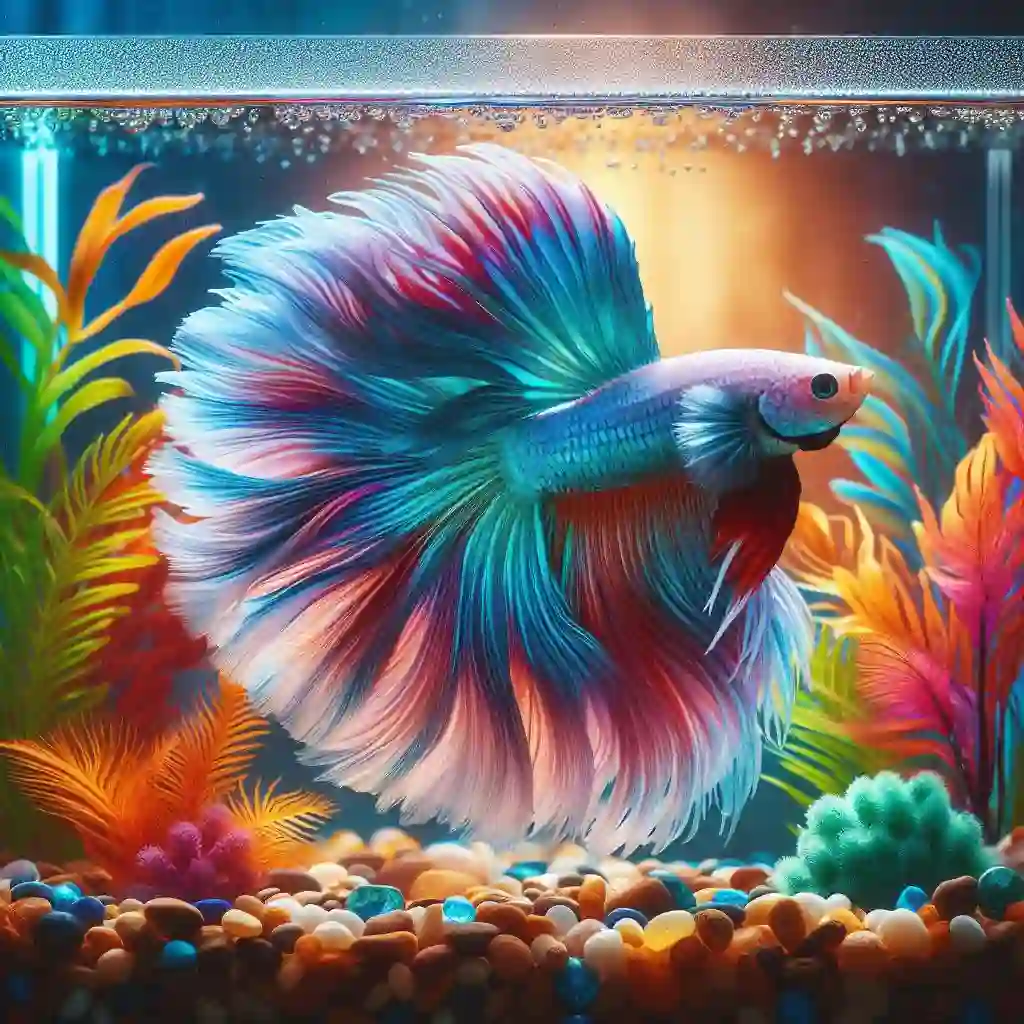
- Baffles: A baffle is a device that fits over the filter outlet, dispersing the water flow and reducing current. You can purchase baffles online or DIY your own using materials like plastic or ceramic.
- Diverters: A diverter is a device that redirects the water flow, reducing the current and creating a more peaceful environment. You can purchase diverters online or DIY your own using materials like PVC pipes.
- Filter Extensions: Filter extensions are devices that attach to the filter outlet, increasing the distance between the filter and the water’s surface. This can help reduce the water flow and current.
- Deflector Plates: Deflector plates are devices that attach to the filter outlet, deflecting the water flow and reducing current. You can purchase deflector plates online or DIY your own using materials like plastic or ceramic.
- DIY Filter Mods: If you’re handy with DIY projects, you can try modifying your filter to reduce the water flow and current. For example, you can add a restrictor valve to reduce the flow rate or add a diffuser to disperse the water flow.
- Tank Rearrangement: Rearranging the tank’s decorations and plants can help disrupt the water flow and reduce current. Try rearranging the tank to create a more peaceful environment for your betta.
Creating a Betta-Friendly Environment: Additional Tips for a Peaceful Tank
- Provide Hiding Places: Add plants, rocks, and other decorations to provide hiding places for your betta. This will help reduce stress and create a sense of security.
- Maintain Good Water Quality: Regularly test the water for ammonia, nitrite, and nitrate levels. Perform partial water changes regularly to maintain good water quality.
- Monitor Water Temperature: Betta fish prefer water temperatures between 76°F and 82°F (24°C and 28°C). Monitor the water temperature and adjust the heater or cooler as needed.
- Avoid Overcrowding: Keep the tank uncrowded to reduce stress and competition for resources. A general rule of thumb is to keep 1 inch of fish per gallon of water.
- Provide Visual Barriers: Add visual barriers such as plants or decorations to block the line of sight between your betta and other fish in the tank.
- Maintain a Consistent Routine: Establish a consistent routine for feeding, cleaning, and maintenance to reduce stress and create a sense of predictability.
- Avoid Sudden Changes: Avoid sudden changes in water temperature, pH, or other water parameters. Gradual changes can help reduce stress and prevent shock.
FAQs
Q: What are the signs of a filter that’s too strong for my betta fish?
A: Signs of a filter that’s too strong include labored swimming, hiding or avoiding the filter, fatigue, injuries, and difficulty feeding.
Q: How can I adjust my filter to reduce water flow and current?
A: You can adjust the filter output, add a filter baffle or diverter, or redirect the filter outlet to reduce water flow and current.
Q: What are some alternative solutions to reduce water flow and current?
A: Alternative solutions include using baffles, diverters, filter extensions, deflector plates, and DIY filter mods.
Q: How can I create a peaceful environment for my betta fish?
A: You can create a peaceful environment by providing hiding places, maintaining good water quality, monitoring water temperature, avoiding overcrowding, providing visual barriers, maintaining a consistent routine, and avoiding sudden changes.
Q: What are some common mistakes to avoid when setting up a betta tank?
A: Common mistakes to avoid include using a filter that’s too strong, overcrowding the tank, and failing to provide hiding places and visual barriers.
Q: How often should I clean my betta tank?
A: You should clean your betta tank regularly, ideally every 1-2 weeks, to maintain good water quality and prevent the buildup of toxins.
Q: What are some signs of stress in betta fish?
A: Signs of stress in betta fish include labored breathing, rapid gill movement, lethargy, and changes in appetite or color.

Hello, I’m Aria Cooper, the heart and soul behind Swimmy Buddies. As a devoted fish aficionado, I share my aquatic adventures and expertise to inspire your own underwater explorations. 🐠🌊

